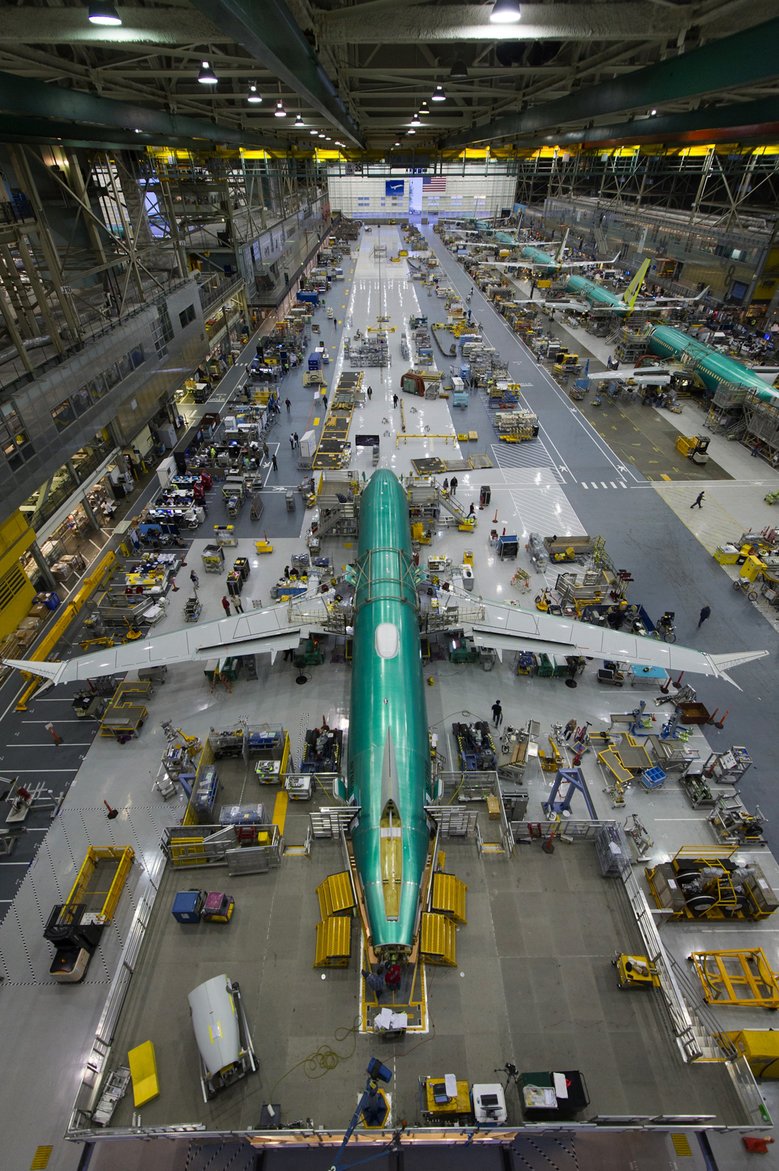There is an imminent revolution in the aviation industry. Imagine if aircraft parts could be produced quickly, cheaply, and efficiently. The solution lies in 3D printing, a technology under development that may revolutionize the manufacturing process of both simple and complex commodities. However, to what extent does 3D printing affect the manufacture of airplanes?
Revolutionizing Design and Production
Using 3D printing, one can create components that were either too difficult or too expensive to produce conventionally. Complex geometries and lightweight structures can now be easily manufactured, making some advancements in design. Businesses apply 3D printing to manufacture heavy-duty and lightweight spares that enhance fuel efficiency and the overall performance of airplanes.
Cost Efficiency and Material Savings
Reduced material wastage is among the most significant advantages of using 3D printing in the manufacture of airplanes. The fact is that during the manufacture of airplanes, the traditional ways cut off substantial amounts of materials, which could be more cost-effective. On the other hand, additive manufacturing constructs components bit by bit, hence using just enough materials for the end product. This not only cuts down on waste but also reduces costs. If you’re interested, you can visit epitum3d.com for more details on professional 3D printers and their areas of application.
Speeding Up Production Times
It takes a lot of time to manufacture one part using the old ways; it could even go for weeks or months, especially when dealing with complicated tooling. With 3D printing, these lead times are significantly reduced. Due to this technology, it is possible to produce and check the work details within several days, which contributes to the quick creation of prototypes and shortening of production cycles. Such acceleration becomes vitally crucial in sectors valuing every minute as money because any slight difference in design may offer a considerable edge over rivals.
Customization and Flexibility
Customization is highly required in the aviation industry because there are various kinds of planes and airlines. In such cases, additive manufacturing is seen as the most appropriate technology. It enables the production of components that can accommodate particular requirements at an insignificant cost and within a short period; therefore, one does not have to remodel the whole system again wholly. This attribute is vitally essential in producing spare parts, which can be manufactured on immediate demand, thus reducing inventory levels that may stay long before they are sold off.
Enhancing Sustainability
In the modern world, sustainability is essential in every industry, including the aviation sector. Additive manufacturing is one means of promoting sustainable production practices within this field. During their production, such spare parts reduce material wastage because the technology makes it possible for light materials to be used, which can cause environmental problems if thrown away improperly. In addition, these parts can be produced near the customer, thereby reducing harmful emissions from transport.
Conclusion
The advancement of 3D printing has revolutionized the production of aircraft components, and it goes beyond just being fashionable. It creates new ways in which things are designed and made, contributes towards sustainability, and increases the overall efficiency in the sector. But do we want to take on board these changes? Most companies also believe so because they increasingly integrate 3D printing into their business strategies. Whether you are a forward-thinking engineer or a cost-conscious entrepreneur, there is no denying that 3D printing will continue affecting the aerospace sector for a long time.


